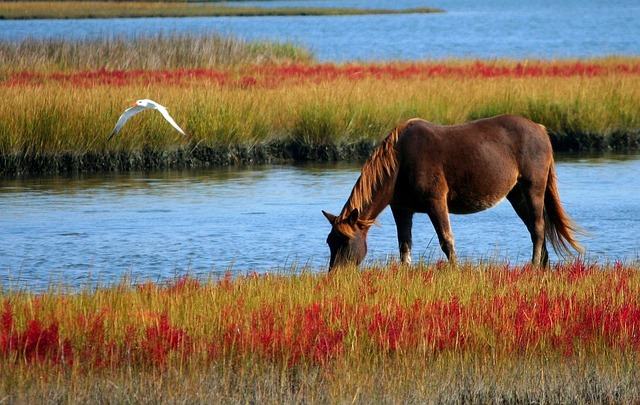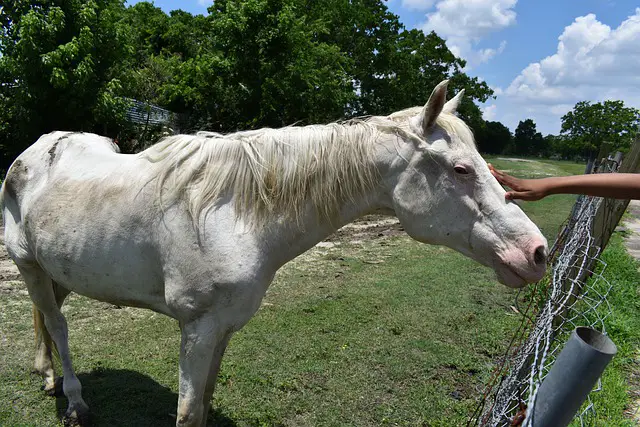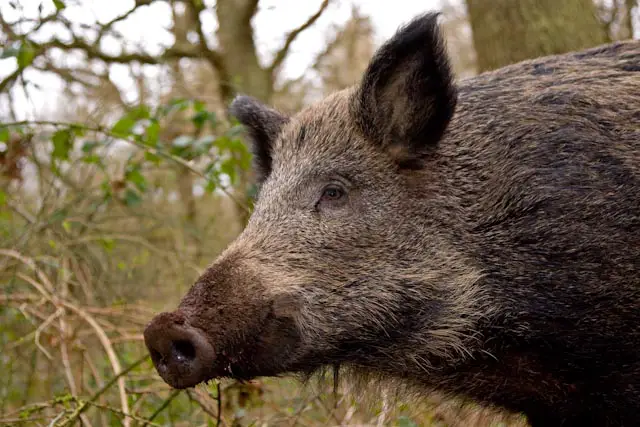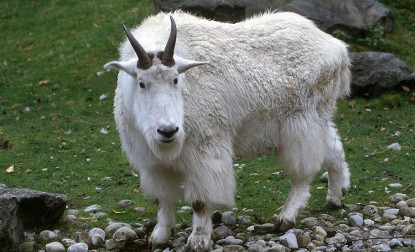This article guides you toward a better understanding of horse facts for kids including horse diet and reproduction. The horse (Equus ferus caballus) belongs to the family of Equus Ferus. These animals are believed to have been evolved some 45 – 55 million years ago. However, the domestication emanates around 4000 B.C. Horses are one of widespread animals to be kept for domesticated purposes.
Humans began to domesticate horses around 4000 BC and their domestication is thought to have been prevalent by 3000 BC. The horses that befall under the subspecies of caballus are generally treated for domestic purposes while some species that inhabits in the wild are feral horses. Basically, these feral horses are not regarded as wild horses as the term specifically denotes the horses that have never been taken for domesticated uses. One of these horses is Przewalski Horse which has become endangered. The anatomy of horses allow them to run fast so as to get rid of predators. One of the strange facts about horses for kids is that they can sleep for hours while standing or lying down. Female horses are known as mares and they nurture their young ones for about 11 months.
The young horse is called a foal which is capable to run and stand right after its birth. These mammals are generally trained, if so kept, between the ages of two to four. They become fully mature at the age of 5; with the average lifespan of these animals is 2 – 30 years. At present, there are around 300 horse breeds that have been looked after for several purposes. However, their usage was not limited to fulfill domestic purposes rather horses were also considered to be an important asset in warfares. They have played a major role in hundreds of wars especially in the primitive times. Apart from the war usages, horses are also employed to provide meat, bone, hide, and hair.
Horse Facts For Kids
- Horses’ measurements have often been taken by hands and therefore the height is recorded to be 157.5 cm (62 inches), with the length measuring 15 hands and 2 inches.
- The size of the horse is largely determined by the extent and quality of nutrients it receive. The average height of a horse is about 142 – 163 cm (56 – 64 inches).
- These mammals weigh around 380 – 550 kg (840 – 1,200 lb). There are horses that weigh around 500 – 600 kg (1,100 – 1,300 lb). However, the heaviest horses weigh around 700 – 1,000 kg (1,500 – 2,200 lb).
- The largest horse ever recorded was found to be 220 cm (86.5 inches), with the weight measuring at 1,500 kg (3,300 lb). Whereas the smallest horse weighs around 57 pounds (26 kg) only, with the height of about 43 cm (17 inches).
- Less than 1 year old horse is known as Foal. A horse of between 1 – 2 years of age is called Yearling. Under the age of four the horse is known as Colt.
- These species have a strong sense of smell.

What Do Horses Eat? Fun Facts about Horses For Kids
Being herbivorous nature, these animals predominantly rely on grasses, vegetation, and other plant material. In comparison to the humans, horses have robust stomach that ensures a steady flow of nutrients. How much does each horse consume daily solely depends upon the food-requirements of his body. For example, a 450 kg (990 lb) horse consumes 7 – 11 kg (15 – 24 lb) of food daily. Besides, they take in 38 litres (8.4 imp gallons) to 45 litres (9.9 imp gallons) of water.
Horse Facts For Kids | Reproduction
The gestation period lasts for about 340 days; however it can go up to 370 days at times. The foals, after a short while of their birth, able to run and stand. These foals normally deter from their mothers after 4 – 6 months. Some horses, particularly colts, turn out to be mature after 18 months; however, domesticated horses breed after 3 years of age. The 24 teeth enable them to graze properly while biting off the vegetation easily. By looking at the horses’ teeth one can estimate a real age of the horse.








All animals to me is lovely,and adoreable!!!
ye they are